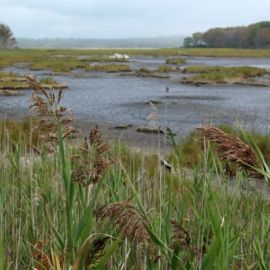
by Erika Zambello
Wells Reserve on the coast of Southern Maine was designated in 1984 and encompasses 1,600 acres. The reserve staff facilities sit within beautifully restored farm buildings.
Read more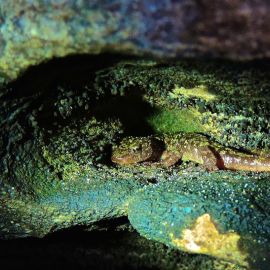
by Wally Smith
This is the case with the green salamander, one of the most unique amphibians in the salamander-rich Appalachian Mountains. The only truly green-colored salamander in eastern North America, the green salamander…
Read more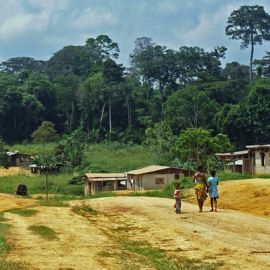
by Nina Hamilton
I came to Gabon to study how communities use and value their forest resources, what they see is threatening their resources and why all of that might differ across the landscape. All of the information…
Read more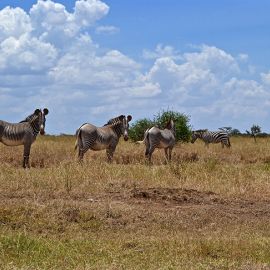
by Elizabeth Forbes
First thing on Monday morning, I get into the driver’s side of the Land Cruiser, grasping the “holy sh*t” handle to hoist myself up into the seat. My field team clambers into the back; the other front…
Read more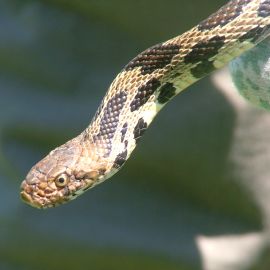
by Nicolette Cagle
I remember being out on the wet prairie one morning. The rock-gray clouds hovered low overhead, slowly parting to expose some blue-sky freedom. A recent rain shower had left muddy puddles in the gravel…
Read more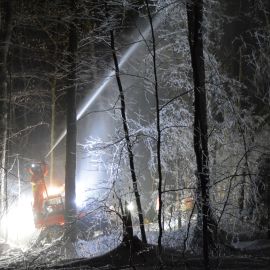
by Lindsey Rustad
Ice storms are extreme winter weather events that inspire wonder and fear in people who live and work in northern temperate and boreal forests around the world. They are major causes of disturbance in…
Read more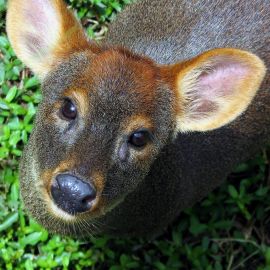
by Merri Collins
Pudú are the world’s smallest deer species, found in the temperate forests of South America. Like other deer, pudú eat foliage, shoots, twigs, bark, buds, fruit and seeds.
Read more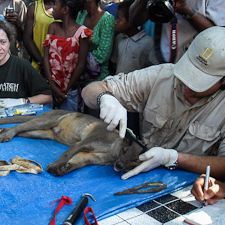
by Julia Osterman
Voices for Biodiversity’s Julia Osterman takes readers on a journey to the mysterious island of Madagascar, where she spent time researching the rare fossa, the largest native predator on the island. Julia…
Read more
